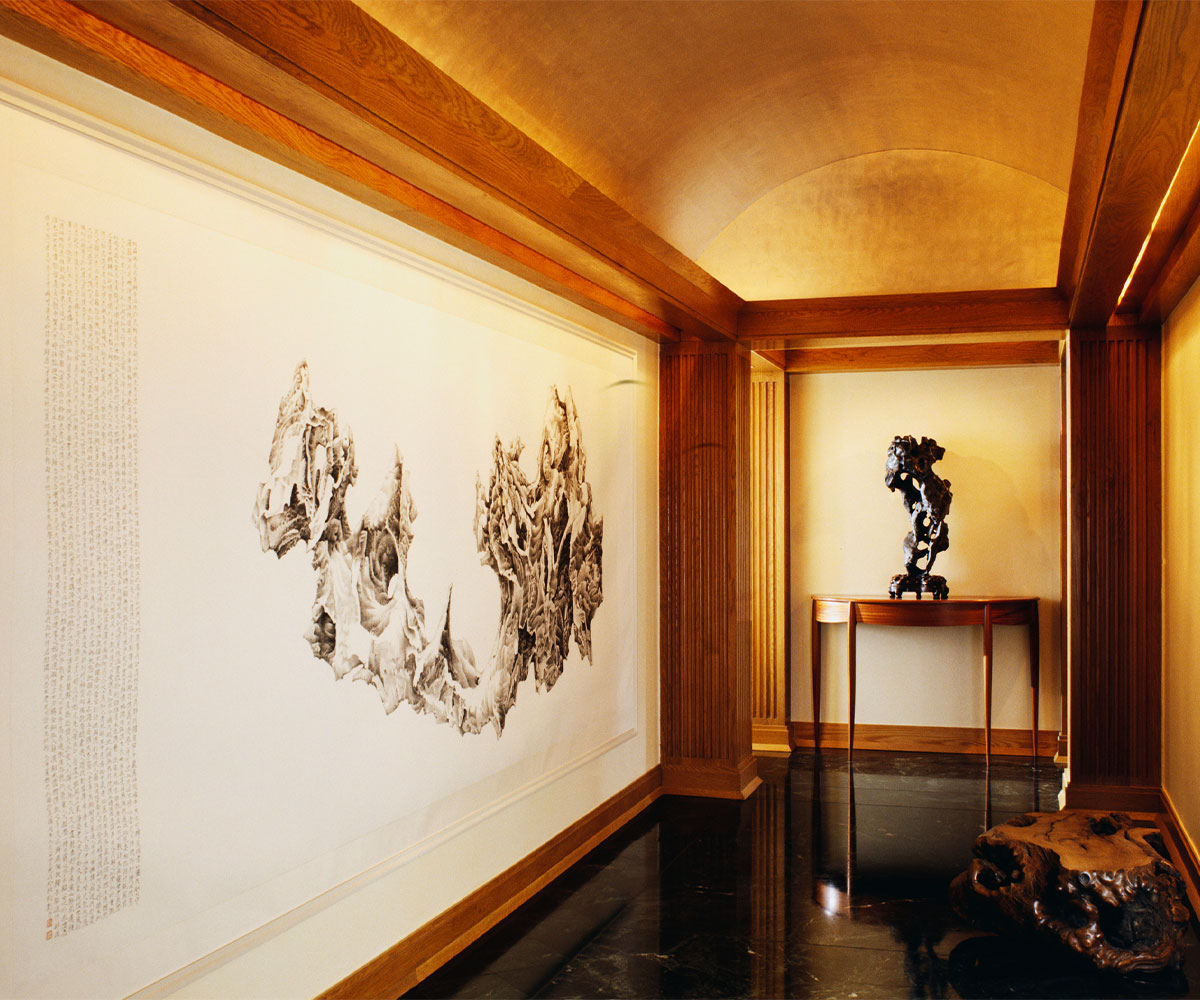SUMMARY
Awareness and understanding of money laundering is critical in the world of art. An AML program should be carefully designed with current regulations in mind.
For any crime committed for substantial financial gain, money laundering is often integral to the process. To reduce the risk of getting caught, criminals must typically disguise the origins of their loot before they can use it. Combatting money laundering therefore hits such wrongdoers where it hurts. Without the prospect of usable profits, criminal activity becomes less attractive.
The world of art has been a vehicle for money launderers. Among the tactics open to them are purchasing artworks with dirty money with a view to later selling their acquisitions and receiving clean funds. They can also use art previously purchased with dirty money as collateral for loans (i.e., clean money). Or, they can conceal a transfer of dirty money by over- or under-invoicing the purchase or sale of a work of art.
In recent years, several countries have enacted laws specifically geared toward the prevention of money laundering in the art market. These laws require certain art market participants to proactively help detect and prevent money laundering within their operations. Although, even organizations not expressly covered by these laws should consider adopting measures to mitigate the risk of unintentionally helping criminals launder their ill-gotten gains.
The good news is that, in general, effective anti–money laundering (AML) measures are “risk-based” and align well with common risk management approaches and thoughtful strategies for long-term, sustainable success.
US law1
Art market participants, as such, are not yet subject to US AML regulations, which cover banks and certain financial institutions. In early 2021, the US Congress added the following to that group:
a person engaged in the trade of antiquities, including an advisor, consultant or any other person who engages as a business in the solicitation or the sale of antiquities.
Related regulations have not yet been issued. Once enacted, they may well resemble those already in place for “dealers in precious metals, stones or jewels,” which require:
- A written AML program:
- Policies, procedures and internal controls
- Risk assessment
- Compliance officer
- Education and training
- Independent testing
- Reporting
- Record-keeping
- Information-sharing
Regulations for the antiquities trade will most likely also contain definitions of central terms (e.g., antiquities, trade) and may exempt certain dealers based on size and/or annual revenue.
As to the art trade, it is not clear whether art dealers, advisors, galleries, auction houses, museums, etc. will likely become subject to AML regulations in the US – or when that might happen.
EU law2
As part of a comprehensive attack on money laundering, the EU has issued a series of AML Directives, which require each member state to enact domestic legislation meeting a minimum standard, including (i) risk assessment; (ii) customer due diligence; (iii) record-keeping; and (iv) suspicious transaction reports.
In addition to various other AML rules, EU member states must have domestic laws that specifically cover certain art market participants (i.e., persons trading works of art, including art galleries and auction houses; persons storing or trading works of art “when this is carried out by free ports”; intermediaries) if the value of a transaction is €10,000 or more (including a series of linked transactions).
UK law3
In the UK, certain art market participants are also subject to anti–money laundering regulation. One important obligation is the duty to register with HM Revenue & Customs, the UK tax agency.
Customer due diligence requirements include:
- Requesting documents: picture ID, recent proof of residential address
- Requesting ultimate beneficial ownership information for certain legal entities
- Inquiring into purpose of planned transaction and source of funds
- Consulting watch lists (e.g., government sanctions, “politically exposed persons”)
- Reacting to “red flags” by conducting enhanced due diligence
- Keeping records
The UK rules also require staff training, the appointment of a “money laundering reporting officer” and deputy, as well as the submission of “suspicious activity reports.”
Conclusion
Art market participants are well advised to consider adopting carefully tailored AML programs. There is no “one size fits all” approach, and any program should be based on the results of the particular organization’s risk assessment. An AML program should be reasonably designed to prevent the organization from being used to facilitate money laundering activities through the purchase and sale of art works.
For more detailed, practical guidance on how to get started, check out the website of the Responsible Art Market (RAM) Initiative – a non-profit, cross-market initiative in Geneva, Switzerland. For example, the RAM Guidelines on combatting Money Laundering and Terrorist Financing offer step-by-step suggestions on how to approach AML risk mitigation.
The following are essential to meet regulatory expectations:
- You make a reasonable effort to mitigate the risks you face
- You are able to document all measures you implemented and steps you took in mitigating those risks, including following up on “red flags”
In many organizations, existing risk management, accounting, auditing and other practices may provide a roadmap for an effective AML program, and existing personnel may be able to take on all or most of the new duties.
In the long run
In any event, a robust AML program can be one piece of a long-term strategy for sustainable success. While the new obligations may place a compliance burden on art market participants in the short term, they may prove to benefit in the long run, when they are protected from becoming unwitting participants in money laundering schemes. An effective AML program may protect an organization from government investigations, criminal prosecutions, civil litigation by affected business partners and the related legal fees. It may also prevent harm to the organization’s reputation resulting from negative publicity.
Most people prefer to do business with ethical organizations that have safeguards against money laundering in place. Because transparency leads to trust, art market participants should regard AML procedures not as a challenge but rather an opportunity and possibly even a differentiator.






